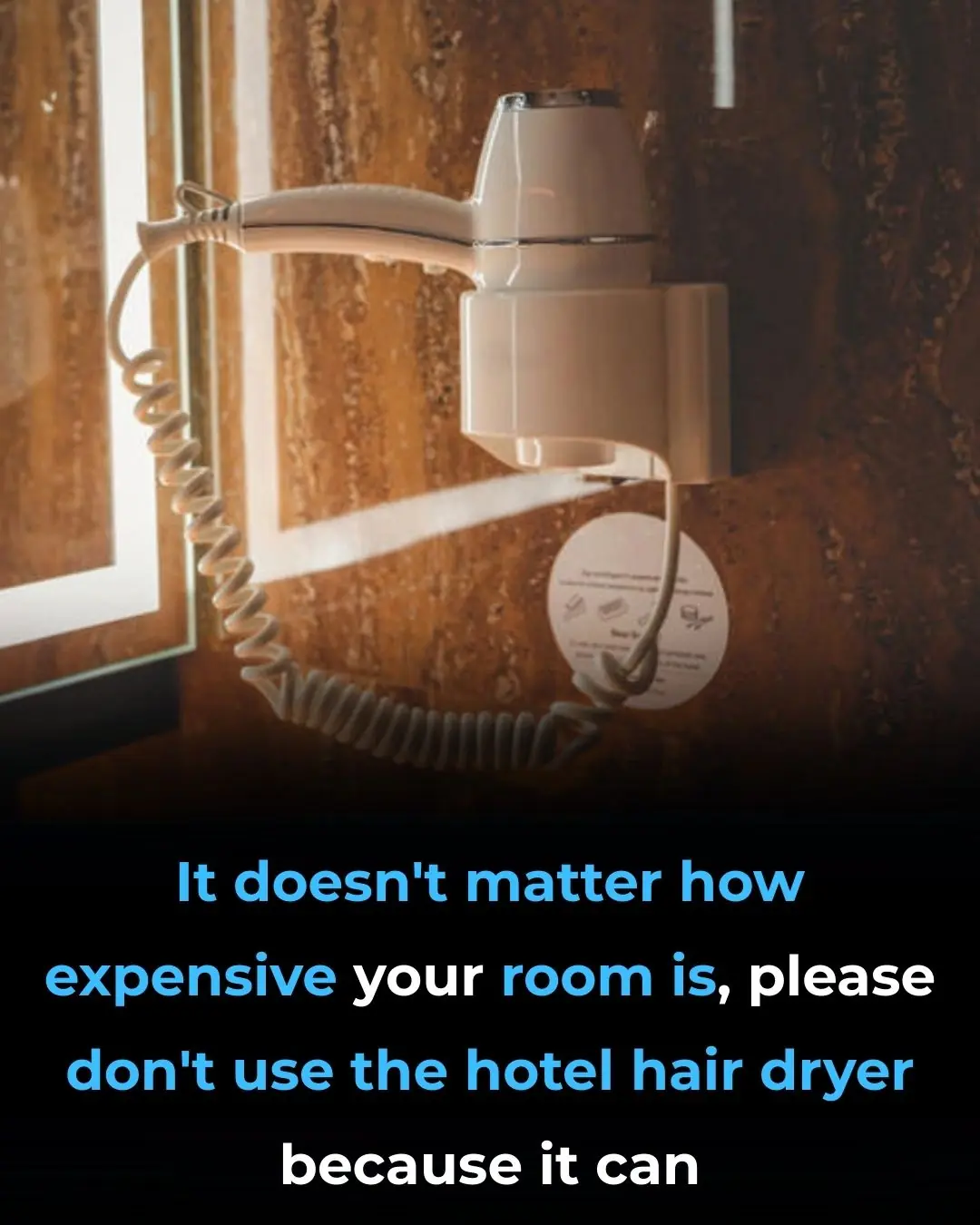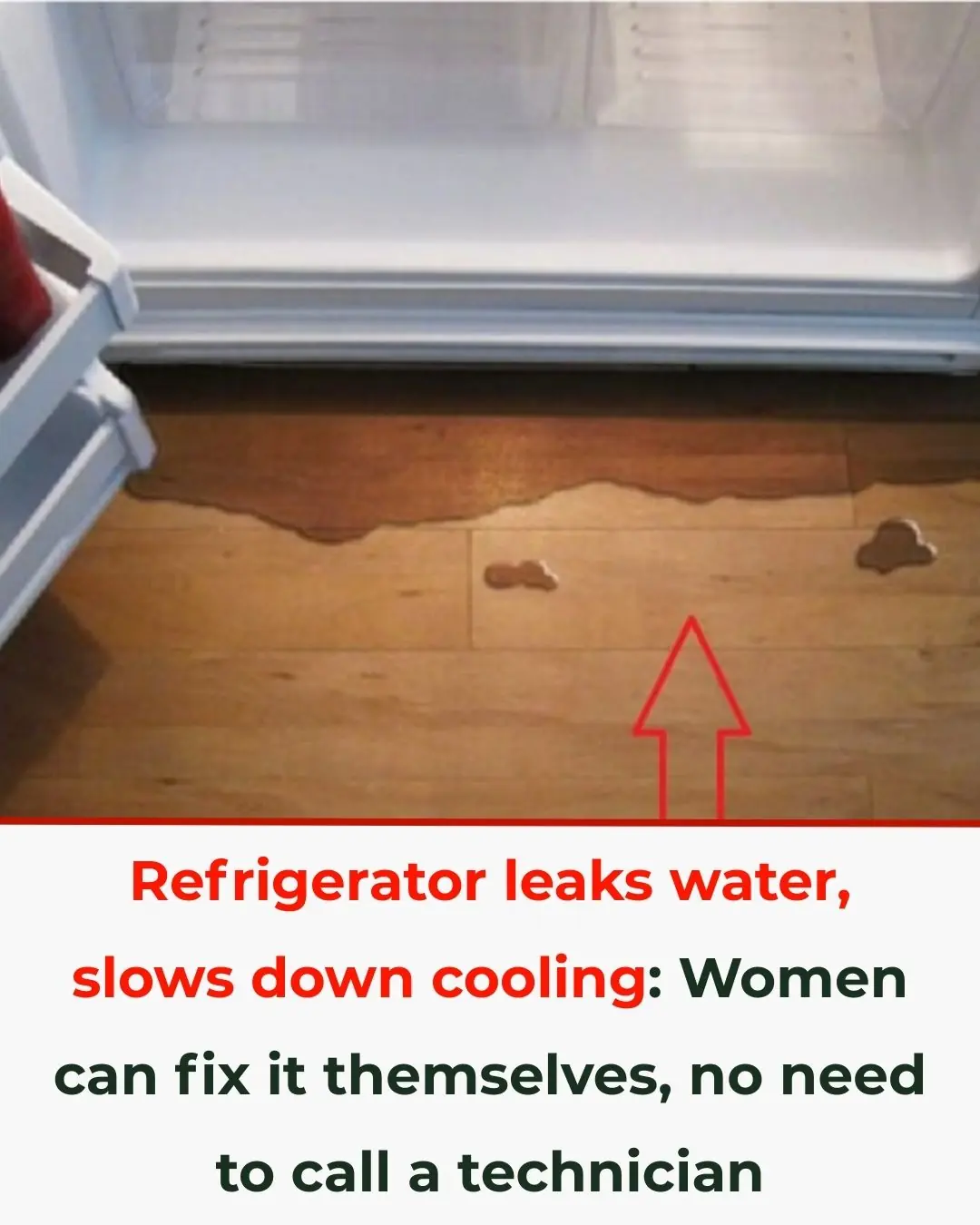
Why Doors in Public Bathrooms Don’t Reach the Floor
 Have you ever found yourself wondering why the doors in public restrooms stop short of the floor? At first glance, it might seem like a design flaw—or even an oversight. But in reality, those gaps are quite intentional, and there are a surprising number of reasons why they exist.
Have you ever found yourself wondering why the doors in public restrooms stop short of the floor? At first glance, it might seem like a design flaw—or even an oversight. But in reality, those gaps are quite intentional, and there are a surprising number of reasons why they exist.
Here’s a breakdown of why public bathroom stalls have that signature space at the bottom—and why it actually makes sense.
1. Quick Response in Medical Emergencies
If someone inside a stall experiences a medical emergency—like fainting, a fall, or another serious issue—those open gaps allow bystanders or staff to spot the person quickly and intervene if needed. It’s a small design feature that can make a big difference in time-sensitive situations.
2. Easier to Tell If a Stall Is Occupied
Thanks to that gap, there’s no need to knock, push the door awkwardly, or look for feet under the door. A simple glance can usually tell you whether someone’s inside. It’s a subtle but effective way to reduce awkward social moments and keep restroom flow moving smoothly.
3. Improved Ventilation
Restrooms—especially high-traffic ones—can quickly become stuffy and unpleasant. The gaps under the doors help air circulate more efficiently, allowing odors to escape and fresh air to move in. While not a perfect solution, it’s a helpful part of overall restroom ventilation.
4. Lower Cost and Easier Installation
Full-length stall doors would require more materials and labor to install, not to mention more ongoing maintenance. Shorter, partial doors are simply more economical for builders and operators—especially in facilities that serve hundreds or thousands of people daily.
5. Discourages Inappropriate Behavior
The visibility that comes with gaps under the stalls serves as a deterrent for people who might otherwise misuse the space. Activities like vandalism, smoking, or other inappropriate behavior are less likely to happen when others can easily detect suspicious activity.
6. Escape Is Possible If the Lock Jams
It’s not common, but sometimes locks fail. If a stall door had no bottom gap, someone could be trapped inside until help arrives. With the gap, there’s always an exit strategy: just crawl out.
7. A Lifesaver When You Forget Toilet Paper
Let’s face it—it happens to the best of us. When there’s a gap under the door, you can ask someone in a neighboring stall to pass some toilet paper without opening the door or standing up. It’s an unglamorous situation, but the design makes it less awkward to resolve.
8. Speeds Up Bathroom Use
People are less likely to linger when a bathroom feels more public and exposed. As a result, restrooms with these open-style stalls tend to have quicker turnover, helping reduce lines and waiting times during busy periods like concerts, sporting events, or lunch breaks.
9. Makes Cleaning More Efficient
Custodial staff can easily clean the floors—mopping, spraying, or scrubbing—without having to unlock or open each stall. This saves both time and effort, especially during busy hours when quick maintenance is essential.
10. Helps Prevent Flooding and Water Damage
In the event of an overflowing toilet or burst pipe, water can flow out under the stall doors rather than getting trapped inside, where it could cause more extensive damage or pose a slipping hazard. It's a small design feature with a big impact in emergencies.
Bonus: Why Do Most Bathroom Stall Doors Swing Inward?
You’ve probably noticed this too—and yes, it’s another purposeful choice:
-
Safety First: Inward-swinging doors reduce the chance of accidentally hitting someone walking past in a hallway or shared restroom space.
-
Emergency Access: If something goes wrong, someone can potentially force the door open from the outside. Also, a person inside the stall can brace themselves against the door more easily.
-
Keeps Odors Contained: Opening the door inward helps minimize how much odor escapes into common areas.
-
Improves Traffic Flow: In tight restrooms, outward-opening doors can block walkways or cause congestion. Inward doors help keep the space clear.
Final Thoughts
While it might seem odd at first glance, the open-bottom design of public restroom stalls serves a number of practical, safety-related, and cost-effective purposes. Next time you visit a public bathroom, you’ll know there’s more to those awkward gaps than meets the eye—they’re doing more good than you probably realized.
News in the same category


White Tongue …What It Means and What You Can Do About It

Tips for Selecting High-Quality Eggs

The Mystery of the Milk Bottle Dent

Think Twice Before Putting Parchment Paper in the Oven

Proposed Law Would Give Cognitive Fitness Tests To Elderly U.S. Lawmakers

Apple Agrees to Pay Out Users From $95,000,000 Fund After Lawsuit Accused Siri of Listening to Private Conversationsa

How she got her wealth might surprise you too 👀

What Is This Button In The Car For

How Long Cooked Food Can Stay In The Refrigerator

This Is How These 10 Worldwide Famous Kids Look Like Now

What Does It Mean To Wear a Ring On The Right Hand

Hotel Workers Reveal What Goes On

Scientists Explain Why ‘Doing Your Own Research’ Leads to Believing Conspiracies

The Richest Americans Still Die Earlier Than the Poorest Europeans

Ring Finger Longer Than An Index Finger

She Spent $70,000 on Cosmetic Procedures — Now She’s Owning Her Beauty Despite the Backlash

Woman employed by popular mobile network sues company after being 'forced' to do nothing for 20 years
News Post

Why Your Legs Cramp at Night (And How to Fix It)

How to Use Rice Water for Gorgeous Hair and Skin (Detailed Instructions)

Beware: U.S. Salmon May Be Crawling with Japanese Tapeworm, Say Scientists

The Benefits of Chicken Feet Stewed with Black Beans – As Powerful as Ginseng

There are many cuts of beef, but only these 3 are considered the true “essence” – both chefs and butchers wholeheartedly agree!

Colon Cleansing: How to Naturally Flush Your Colon at Home (Science-Based)

Put this into a lemon and place it in the corner of your house – mosquitoes will stay away for good

3 Morning Symptoms That May Signal the Onset of Canc3r

"8 abnormal signs warning of c3rvical canc3r that women need to recognize early"

If you don’t correct these 5 harmful eating and drinking habits right away, sooner or later your esophagus will also be “ravaged” by cancer cells.

Is Your Air Conditioner Outdoor Unit Making Loud Grinding Noises? Use This Simple Trick to Make It Run Quietly Without Calling a Technician!

Urgent warning issued to travelers as China takes ‘covid measures’ after reporting 7,000 cases of Chikungunya virus

3 Effective Ways to Prevent Snakes from Entering Your Home Everyone Should Know to Protect Their Family

Signs to look out for amid Gordon Ramsay's health warning after undergoing cancer surgery

How to Handle Common Refrigerator Problems and a Surprising Lesson from American Toilet Habits

If Your Feet Swell It Is a Clear Sign

Nose Picking What This Taboo Habit Really Reveals About Us

Everyday Habits That Can Cause a This Issue To Your Hands
